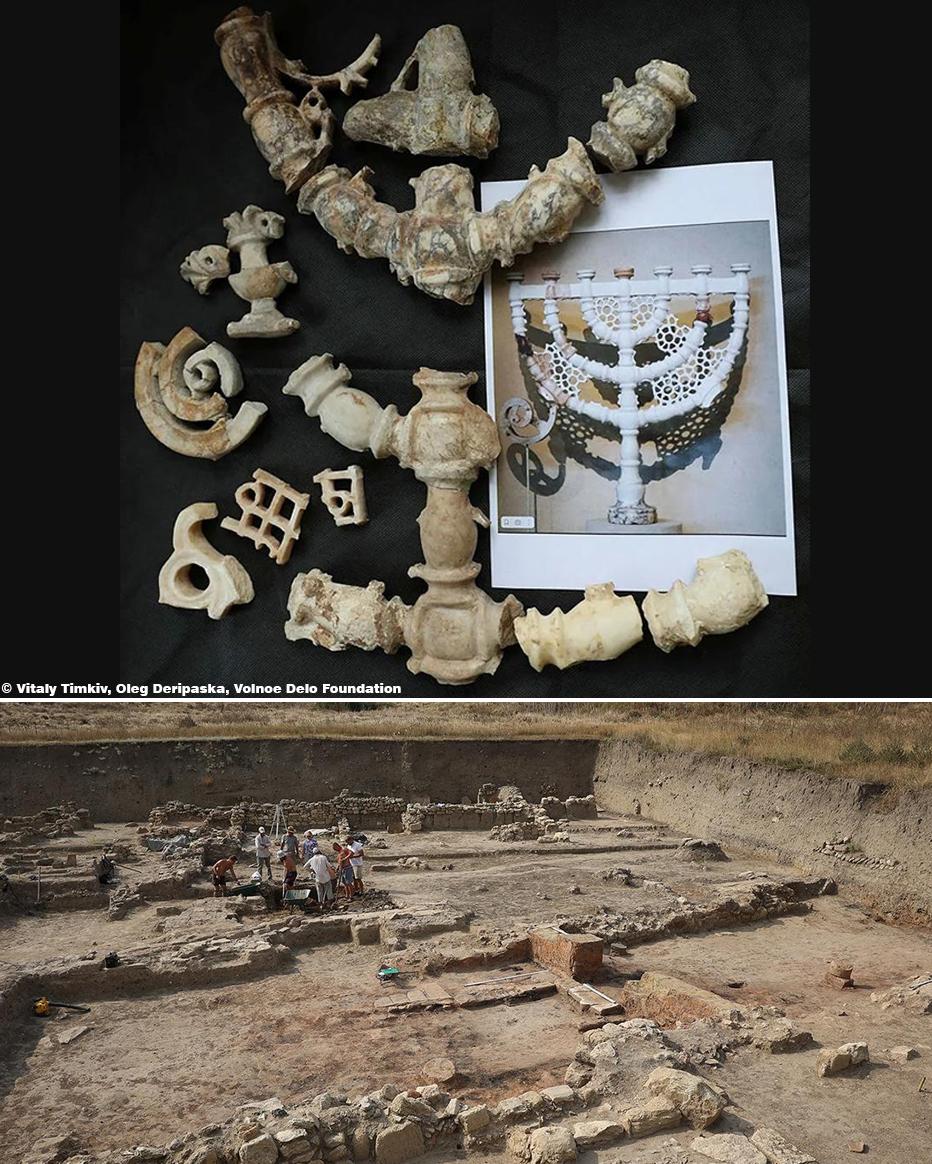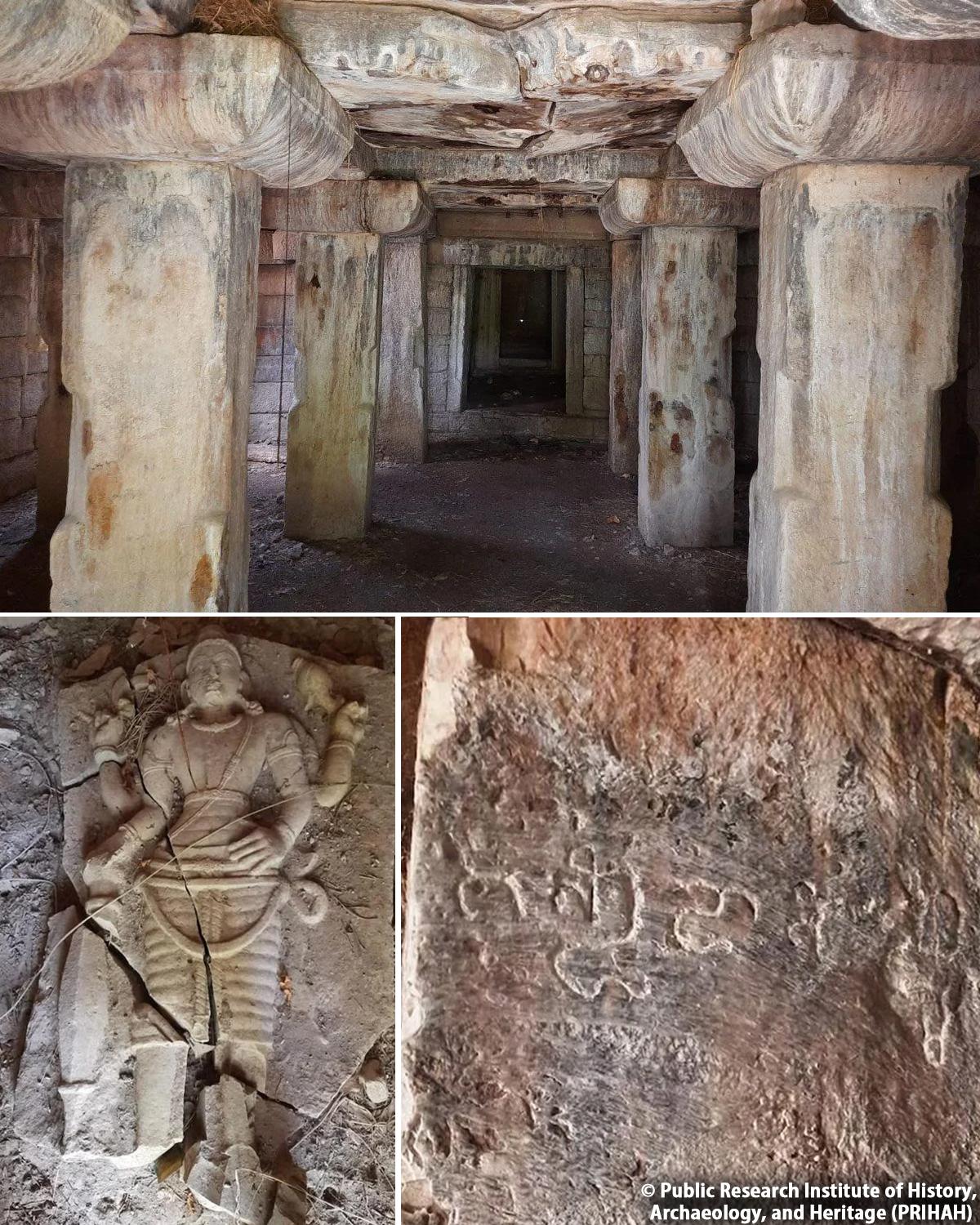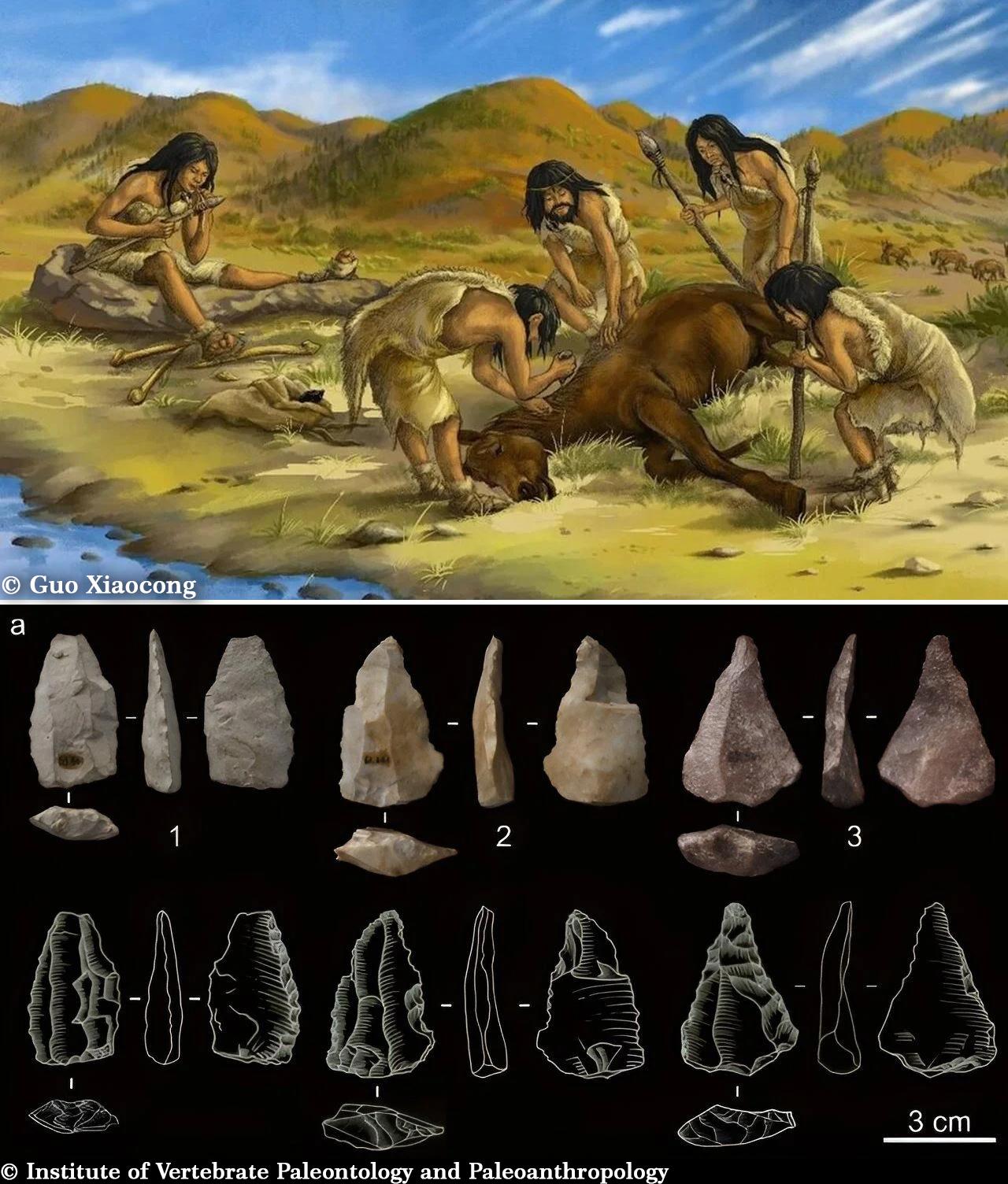Ephesus, once a bustling metropolis and a beacon of the classical era, remains one of the most significant archaeological sites in the modern world. Nestled in what is now modern-day Turkey, this ancient city offers a doorway to the past, enabling visitors to stroll through the same streets that were once trodden by Romans and early Christians. The stunning photograph captures the grandeur of the Curetes Street, leading to the iconic façade of the Library of Celsus, a testament to the city’s historical and cultural significance.
Founded in the 10th century BCE, Ephesus became a major port city and a hub of commerce and governance under the Roman Empire. Its strategic location on the Aegean coast facilitated its rise as a commercial center, but it was its spiritual and cultural offerings that etched its name in history. The city was famed for the Temple of Artemis, one of the Seven Wonders of the Ancient World, and became a crucial center for early Christianity.

Today, visitors to Ephesus can explore its well-preserved ruins, which include the Great Theatre, capable of holding 25,000 spectators, and the Terrace Houses, which showcase the domestic architecture and intricate mosaic floors that speak to the affluence that the city's elite once enjoyed. The photograph captures the essence of Curetes Street, once a bustling thoroughfare lined with statues and columns, leading to the majestic Library of Celsus. Constructed in 117 AD, the library was both a mausoleum for Tiberius Julius Celsus Polemaeanus and one of the ancient world’s largest libraries, holding nearly 12,000 scrolls.

The view is more than just visually stunning; it is emotionally resonant, providing a visceral connection to those who walked these paths centuries ago. As one gazes down the marble road, lined with remnants of columns and facades, there is a profound sense of walking through history, where each stone tells a story of conquests, creativity, and the everyday lives of the Ephesians.
Ephesus also holds religious significance. It is reputed to be the final resting place of John the Apostle, and the site of the first major Church of the Virgin Mary. This spiritual heritage adds layers of pilgrimage and reverence to the site, attracting not just historians and archaeologists but also those seeking spiritual insights.

The preservation and excavation of Ephesus have provided invaluable insights into ancient Roman and Greek lifestyles and urban planning. The ongoing efforts to maintain and restore the site ensure that it continues to educate and inspire awe, bridging the gap between the past and the present.
Visiting Ephesus, as depicted in the image, is like stepping into a living museum, vibrant with the tales of millennia. For those wandering its historic pathways, the city is a monument to human history, a place where the past is perpetually alive, whispering stories of its splendid and storied epoch.










